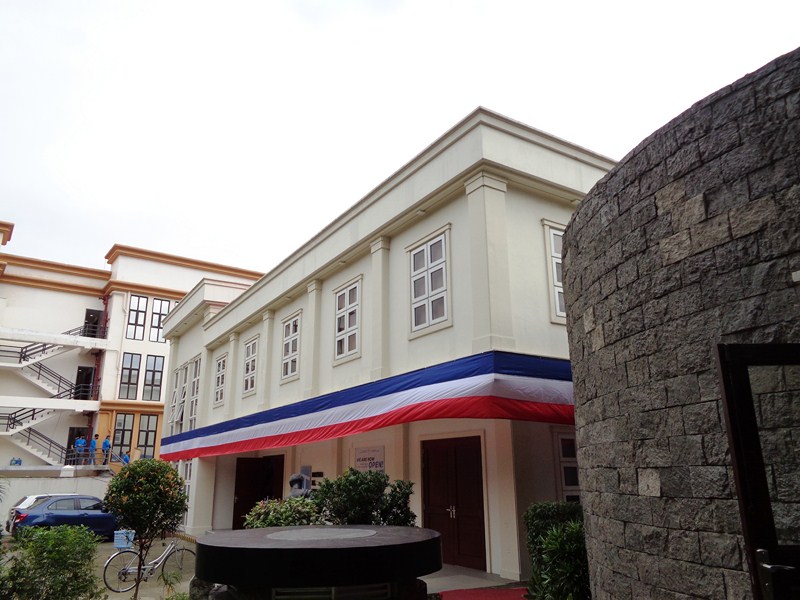
Museo El Deposito. On the right is the above ground entrance to the El Deposito Underground Reservoir
Museo El Deposito (translated as El Deposito Museum), a history museum situated within the grounds of the Pinaglabanan Shrine, was opened on February 20, 2019. Housed inside a two-storey building on top of the El Deposito underground reservoir and beside the Museo ng Katipunan, another museum, it features the Carriedo water system (which included the El Deposito underwater reservoir).
Check out “El Deposito Underground Reservoir”
The Museo El Deposito,under the management of the National Historical Commission of the Philippines, aims to inspire everyone to value water as a natural resource and appreciate the people who make access to it easier for everday Filipinos. It narrates the history of the underground reservoir and the Carriedo Waterworks as a whole.
The ground floor houses the Reception, Resource Center and Audio Visual Room. The second floor has three galleries presenting bits of the country’s civil engineering history via various military and civilian artifacts recovered from the El Deposito reservoir, scaled models, electronic mini displays, a virtual reality room and interactive touch screen modules.
Gallery 1: Life Before the Waterworks (Buhay Bago ang Tubigan) narrates the period prior to the establishment of the Carriedo Waterworks system in 1882 when the city’s inhabitants relied on wells, esteros, and rivers for their water supply. Outbreaks of waterborne diseases were not uncommon at the time.
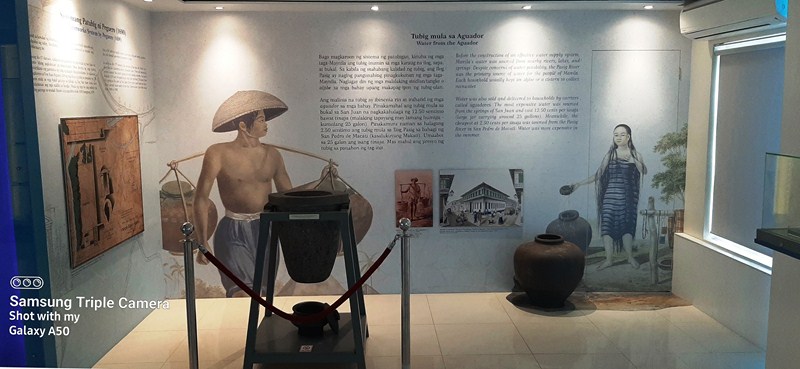
Water from the Aguador. On the foreground is a water filter carved out of porous rock, owned by Jose Rizal’s family
There are seven panels. Panel 1 (Aguadores) explains how typical Filipino aguadores fetched water from various water sources near Manila.
Panel 2 (Peguero) narrates how Dominican Fr. Juan Peguero designed a waterworks system in 1690 that stretched 750 m. from the springs of San Juan del Monte.
Panel 3 (Water Filtration Systems) displays various replicas of 19th-century water-filtration systems such as a water filter, owned by Jose Rizal’s family, carved out of porous rock. Near it is a cross section of a wooden barrel with layers of filtering material.
Panels 4 and 5 (Cortes and dela Corte) narrates studies by Tomas Cortes (commandant of engineers) on the water quality of different sources of water in 1844 and of Lt.-Col. Felipe de la Corte (a military engineer) who continued Cortes’ work in 1859.
At Panel 6 (Francisco Carriedo), visitors will get to know Francisco Carriedo, a Spanish Capitán General of Manila who spearheaded the development of Manila’s waterworks by donating a portion of his fortune from the galleon trade.
On display are facsimiles of Carriedo’s documents. Panel 7 (Carriedo Fountain) has a replica of the Carriedo Fountain.
On the museum floor is an actual original specimen of an 1888 Carriedo waterworks fire hydrant, a full-sized 3D-printed replica and a replica of 1833 and 1850 barrel filters.
Also on display is an original 1882 Carriedo commemorative coin; a 1911 Carriedo postage stamp, original old silver coins of King Charles IV of Spain; and a copy of Carriedo’s book Carriedo y Sus Obras.
Gallery 2: The Carriedo Waterworks (Ang Patubigang Carriedo) features artifacts, photographs and plans of the Carriedo Water System, prints and scale models.
There are 5 panels – Panel 1 (General Plan of Waterworks), Panel 2 (Approved Plan of Waterworks), Panel 3 (Genaro Palacios), Panel 4A & 4B (Casa de Servicios and Water Reservoir) and Panel 5 (Construction Materials).
At the center of the room is the miniature scaled model of Pinaglabanan Memorial Shrine.
Check out “Pinaglabanan Memorial Shrine”
Gallery 3: National Shrine (Pambansang Dambana), where things get interactive, has a Virtual Reality (VR) Exhibit Room where museum visitors use virtual reality headsets and watch a 360-degree historical recreation of key events during the Battle of San Juan del Monte, the first battle of the Philippine Revolution, made by I Am Cardboard PH, a local VR company.
The scenes feature historical figures such as Andres Bonifacio and Emilio Jacinto. Along the wall is the historical visual timeline of events in the history of El Deposito.
Opposite the timeline are various World War II-era artifacts such as helmets (including a Guinit sun helmet used by the Philippine Army during the Philippine Commonwealth Period), ammunition shells and other war paraphernalia which were excavated from the El Deposito area.
Outside the museum building is the above ground entrance to an aqueduct of the El Deposito itself as well as statues of Genaro Palacios showing plans of the Carriedo Waterworks to Spanish Gov.-Gen. Domingo de Moriones and of four Katipuneros waiting for the Battle of San Juan del Monte.
Museo El Deposito: 29 1500 Pinaglabanan Shrine, Pinaglabanan St.,Corazon de Jesus, San Juan, Metro Manila. Tel: (02) 7753 5439. E-mail: museoeldeposito@gmail.com. Open Tuesdays to Sundays, 9 AM – 4 PM. Admission is free.
How to Get There: Jeepneys, at Camp Crame, have routes that pass by the Pinaglabanan Shrine. RRCG buses that ply the Ortigas Avenue-Sta. Mesa route also pass by the Pinaglabanan Shrine. By car, take the Bonny Serrano Avenue westbound, beside Camp Crame, until you reach Pinaglabanan Shrine. From Ortigas Avenue westbound, turn left at Bonny Serrano Avenue and go straight until you reach Pinanglabanan Shrine on the right.

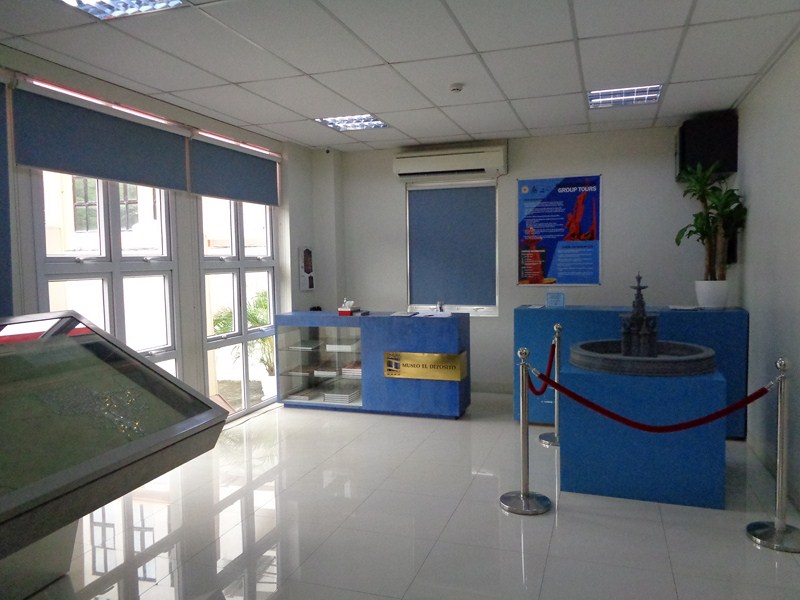
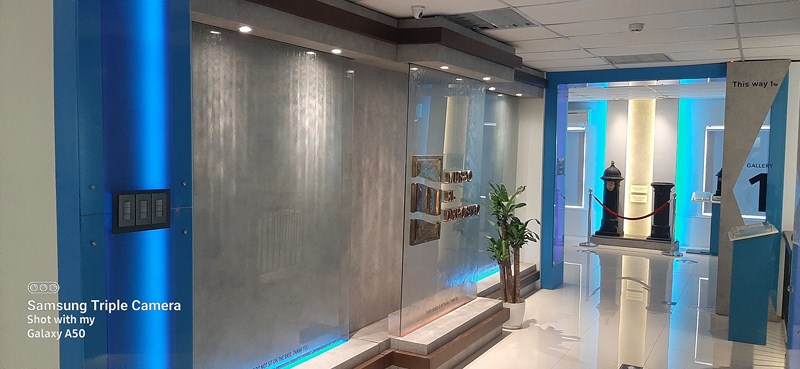
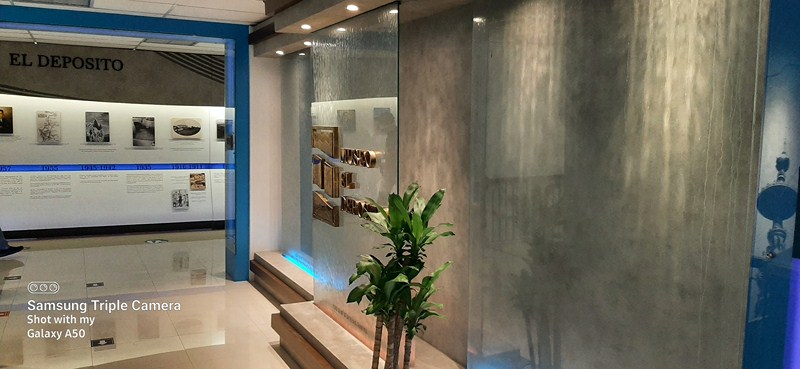
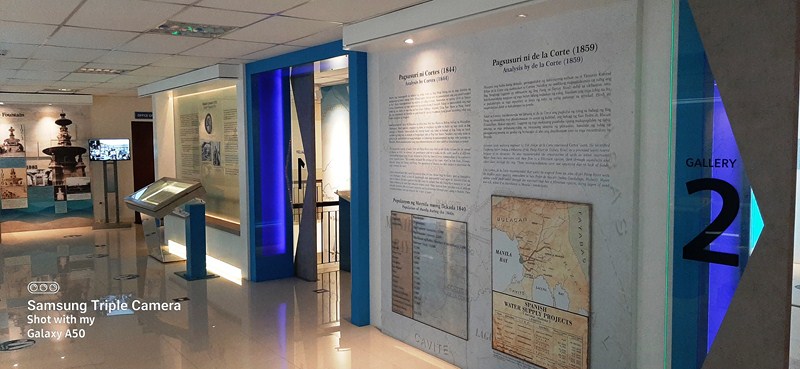
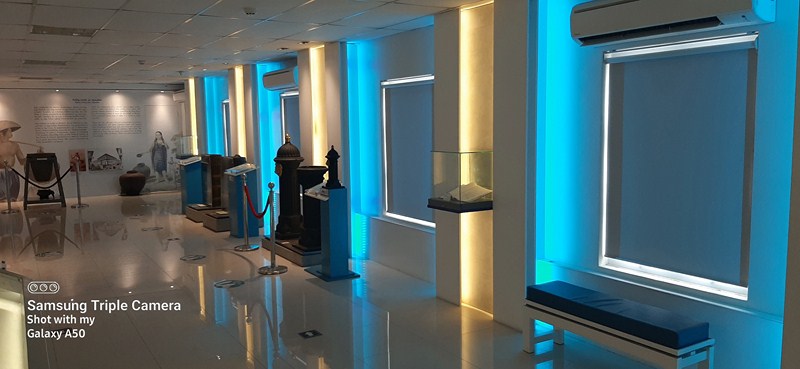
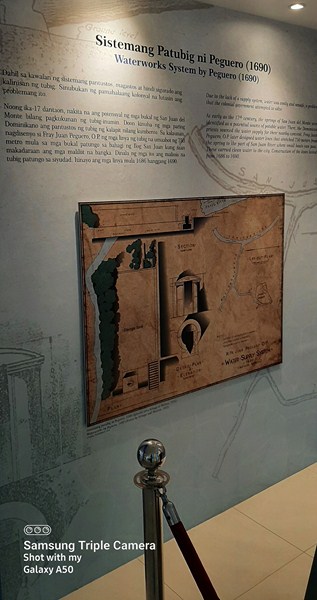
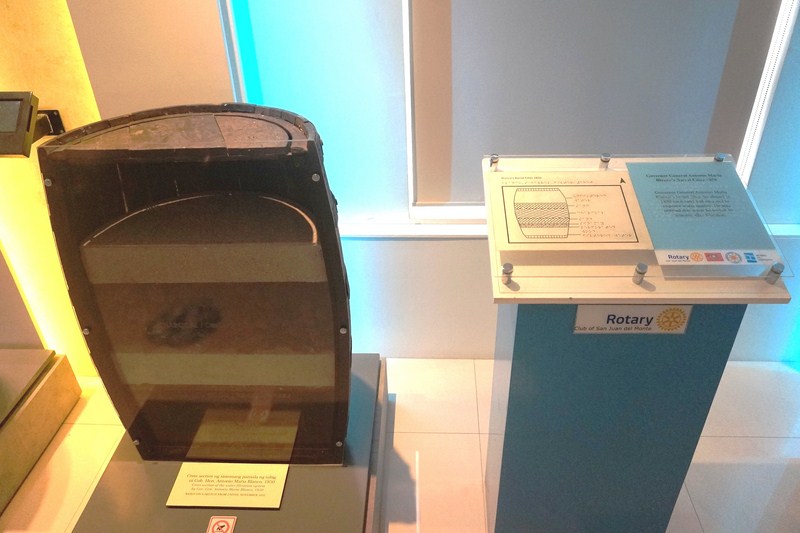
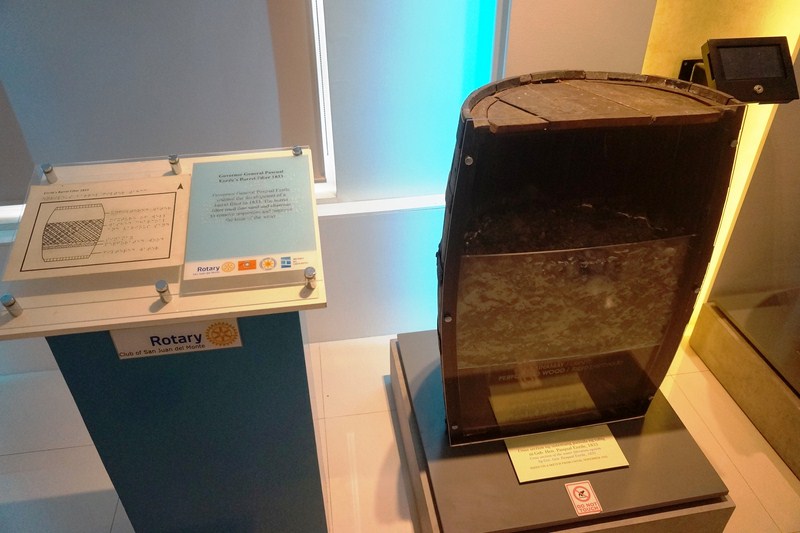
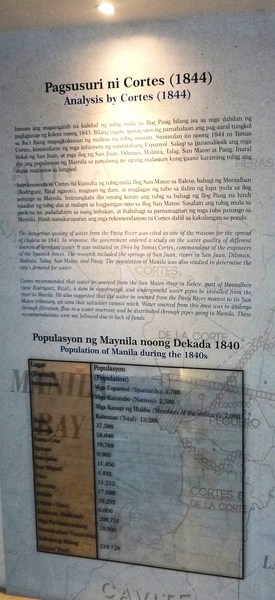

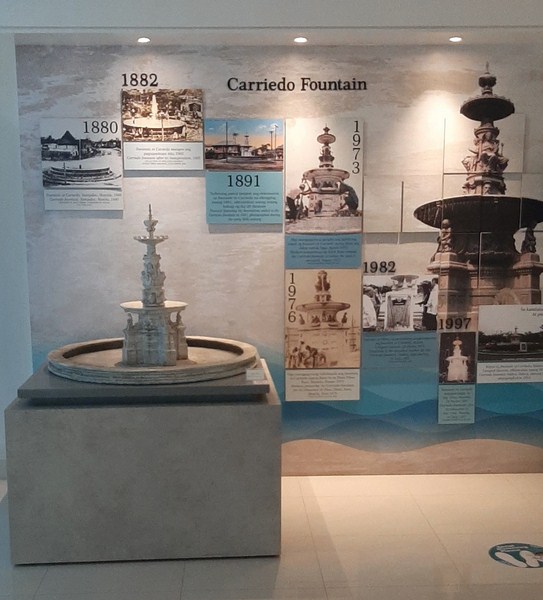
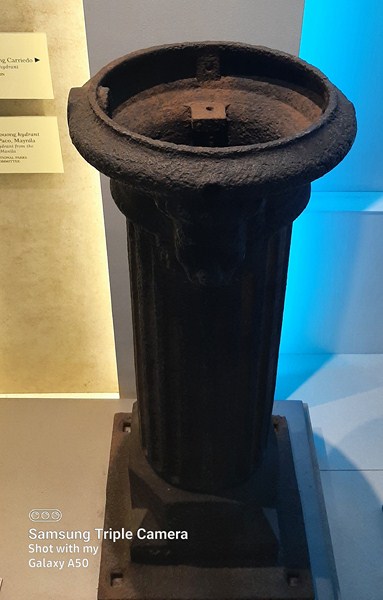
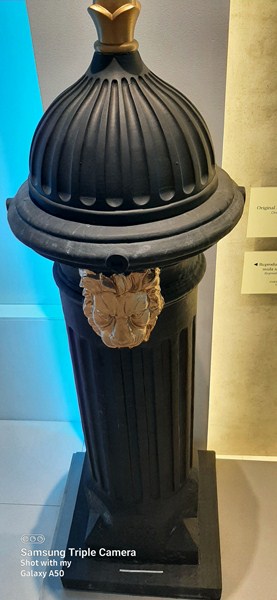
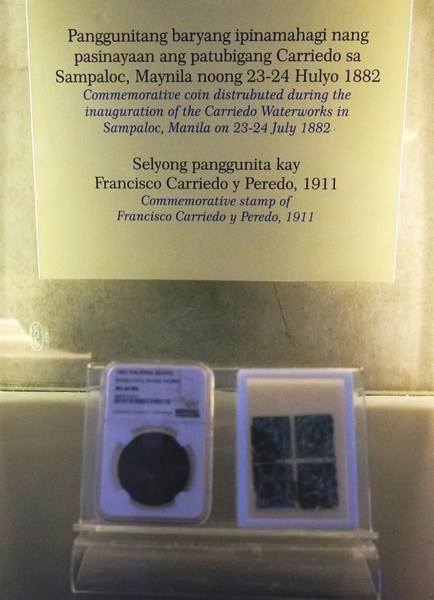
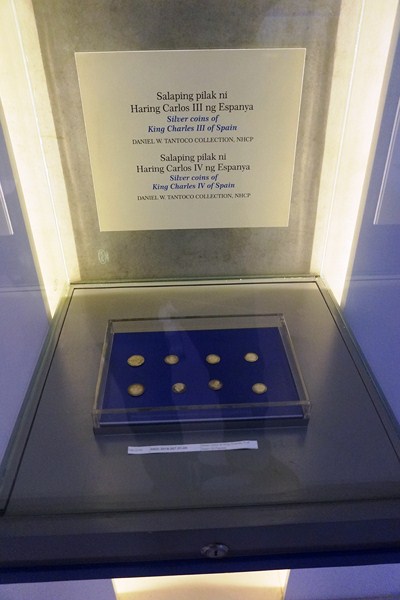
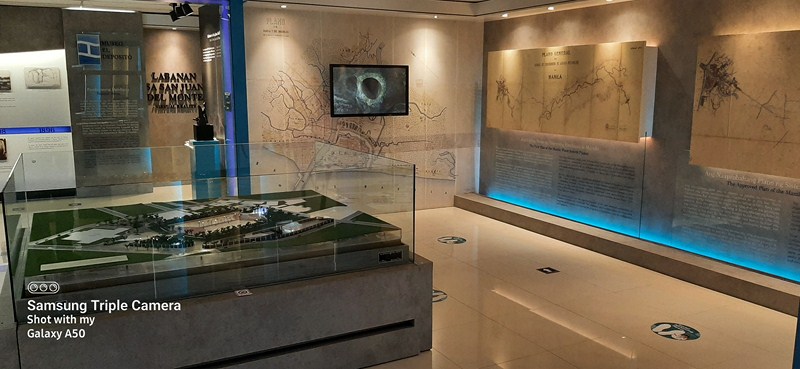
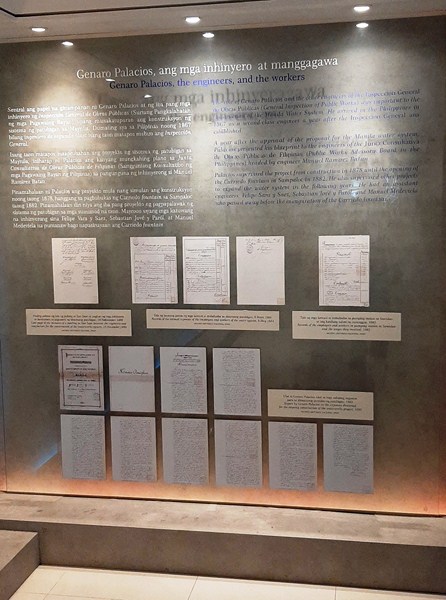
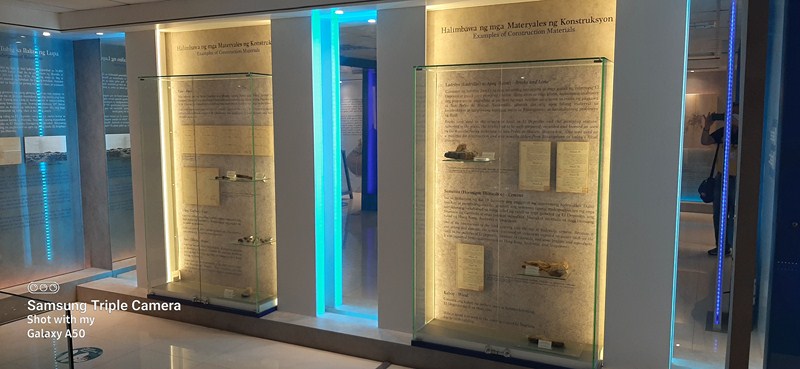

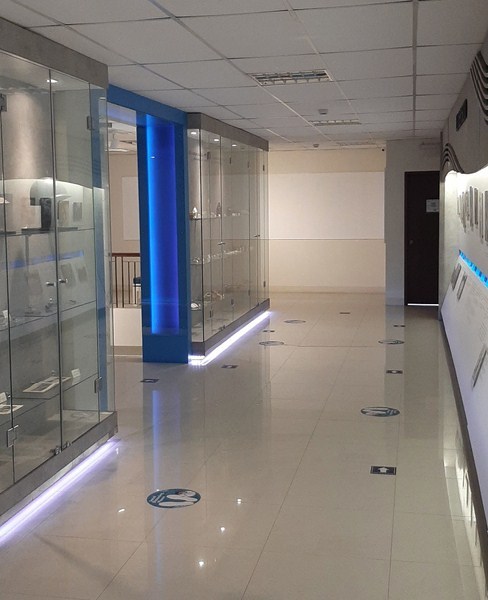
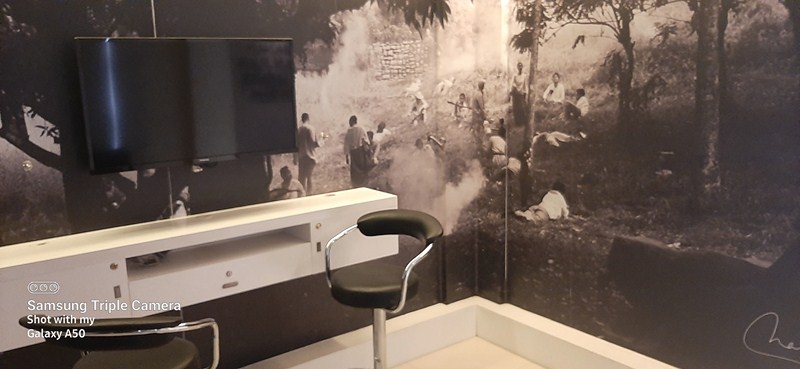
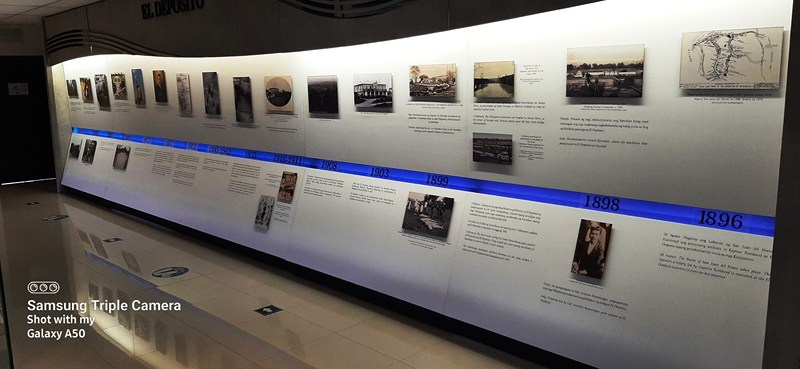
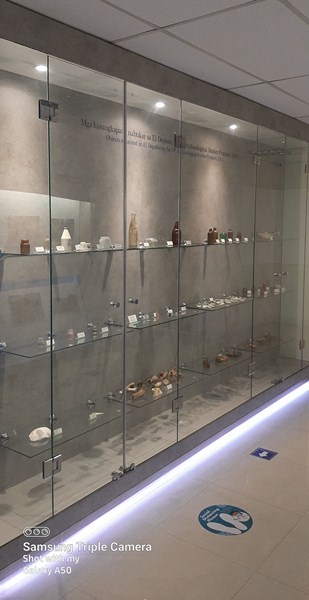
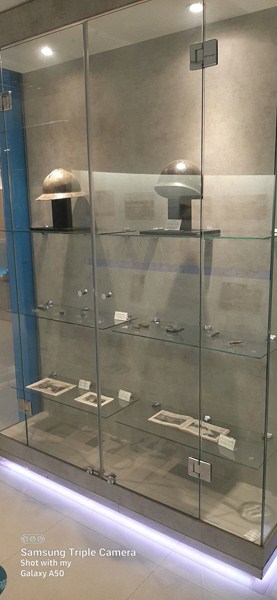
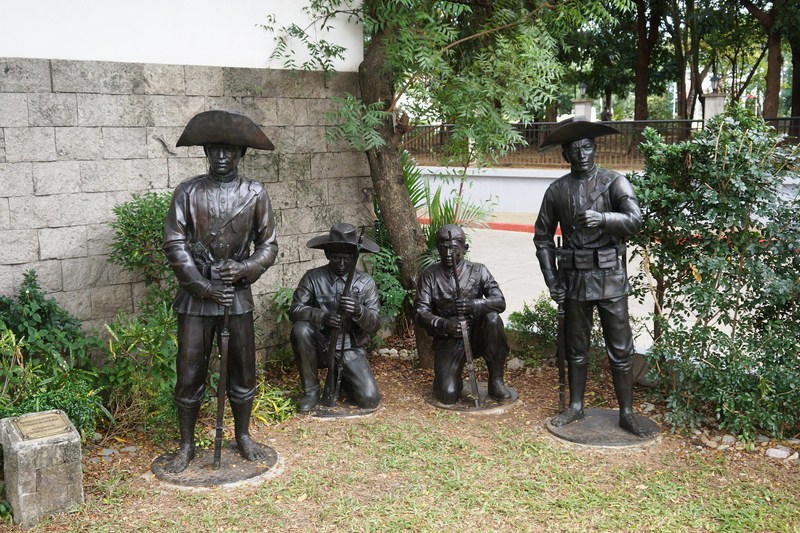
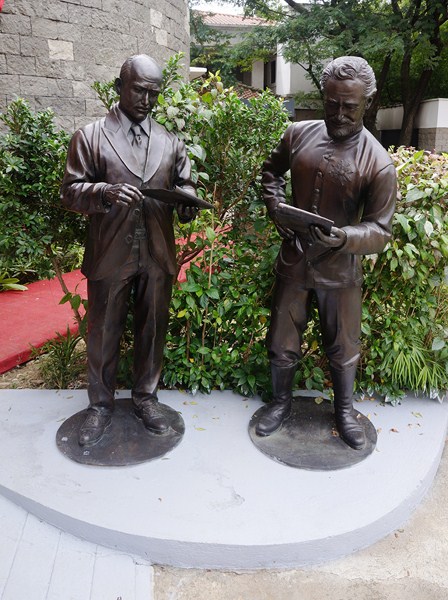
Hello benjielayug.com administrator, Thanks for the well-researched post!